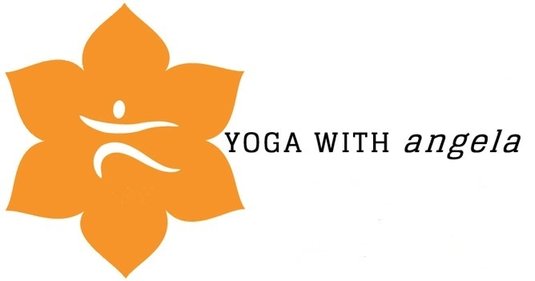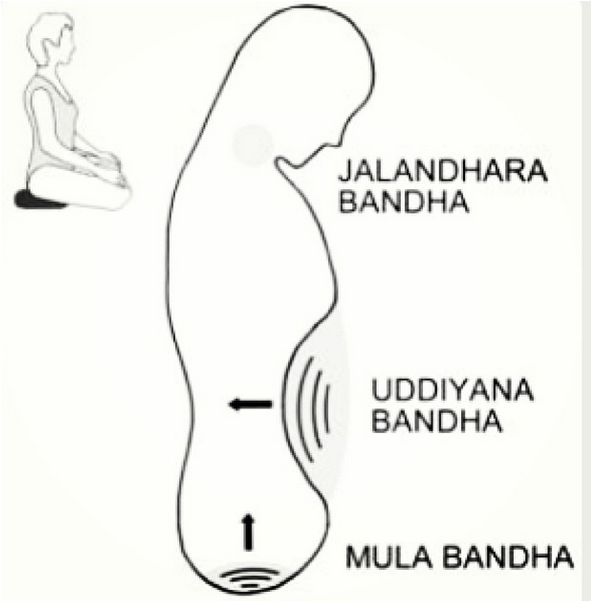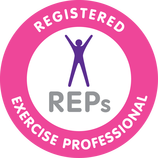Hello again!
You recall that we were just beginning to talk about bandhas in the last post.
Using bandhas helps us to intensify the effect of our pranayama. One way to think of bandhas is as valves which work in a similar way to the valves within the circulatory system. When the heart beats, the blood surges through the arteries and veins. Valves prevent the blood returning to the heart. In this way, the heart beats and blood continues its forward movement.
Bandhas regulate the flow of prana (life force) in a similar way within energy channels running through our bodies. When engaging locks, energy is forced to spread through these channels more effectively.
In order to activate our bandhas we need to engage internal muscles. Remember my entry a couple of months ago on how to find your core? This is one way in which I find Pilates and yoga to be accomplishing similar things in different ways. Yoga and Pilates concentrate on posture, breathing and using internal muscles to support the body. Pilates takes a very practical approach; yoga takes it further by drawing the connection with the flow of internal energy and the subtle body.
There are three main bandhas: Jalandhara Bandha (Chin Lock), Uddiyana Bandha ("flying upwards") and Mula Bandha (Root Lock).
You recall that we were just beginning to talk about bandhas in the last post.
Using bandhas helps us to intensify the effect of our pranayama. One way to think of bandhas is as valves which work in a similar way to the valves within the circulatory system. When the heart beats, the blood surges through the arteries and veins. Valves prevent the blood returning to the heart. In this way, the heart beats and blood continues its forward movement.
Bandhas regulate the flow of prana (life force) in a similar way within energy channels running through our bodies. When engaging locks, energy is forced to spread through these channels more effectively.
In order to activate our bandhas we need to engage internal muscles. Remember my entry a couple of months ago on how to find your core? This is one way in which I find Pilates and yoga to be accomplishing similar things in different ways. Yoga and Pilates concentrate on posture, breathing and using internal muscles to support the body. Pilates takes a very practical approach; yoga takes it further by drawing the connection with the flow of internal energy and the subtle body.
There are three main bandhas: Jalandhara Bandha (Chin Lock), Uddiyana Bandha ("flying upwards") and Mula Bandha (Root Lock).
Jalandhara Bandha — Chin Lock
This bandha involves the neck and upper spine, and makes the whole spine erect.
Although we talk about having a “neutral” spine in Pilates and the importance of keeping the neck in line with the spine and the shoulders away from the ears, there is no term that directly compares to this bandha.
To activate Jalandhara Bandha, the spine is lifted so that it is very straight. The head is then pulled back a little, the neck is stretched and the chin is lowered.
You can perform this bandha in many asanas (seated yoga poses). Engaging this bandha enables primal energy to rise.
Uddiyana Bandha — "flying upwards"
The diaphragm and the lower abdomen are raised. As you begin to exhale, the abdomen is contracted.
In Pilates we would only contract the abdomen around 30-40%, as this is all that is necessary to engage the muscles effectively. It is a little different when engaging Uddiyana Bandha in yoga; the contraction is a lot more extreme.
I have never practised the full bandha and for the purpose of the practice I teach, a gentle contraction similar to that taught in Pilates is really all you need to engage the deep, core, tummy muscles and to support the spine.
Mula Bandha — Root Lock
Engagement of Mula Bandha is achieved when we contract the muscles of the pelvic floor. When engaged, the primal energy is able to rise.
The introduction of bandha into our practice encourages good posture and the engagement of core muscles to support the spine. By engaging bandhas, we intensify the effect of the way prana is circulated around the body. You’ll find that the process is cleansing and energising.
Jalandhara Bhanda positions the torso in such a way that the spine is held erect. This makes it easier for the prana to flow into our bellies. Uddiyana Bandha raises the prana and Mula Bandha helps us to keep it there.
It is important to remember to relax the bhandas at the end of a practice and not to hold them tightly throughout the entire practice. When relaxing in savasana (”corpse pose”) at the end of the class, all muscles should be softened and released. We should never force the body or the breath.
So what do you think? Will you try practicing the bandhas I’ve described? Let me know in the comments how they make you feel and if you experience any problems with them.
This bandha involves the neck and upper spine, and makes the whole spine erect.
Although we talk about having a “neutral” spine in Pilates and the importance of keeping the neck in line with the spine and the shoulders away from the ears, there is no term that directly compares to this bandha.
To activate Jalandhara Bandha, the spine is lifted so that it is very straight. The head is then pulled back a little, the neck is stretched and the chin is lowered.
You can perform this bandha in many asanas (seated yoga poses). Engaging this bandha enables primal energy to rise.
Uddiyana Bandha — "flying upwards"
The diaphragm and the lower abdomen are raised. As you begin to exhale, the abdomen is contracted.
In Pilates we would only contract the abdomen around 30-40%, as this is all that is necessary to engage the muscles effectively. It is a little different when engaging Uddiyana Bandha in yoga; the contraction is a lot more extreme.
I have never practised the full bandha and for the purpose of the practice I teach, a gentle contraction similar to that taught in Pilates is really all you need to engage the deep, core, tummy muscles and to support the spine.
Mula Bandha — Root Lock
Engagement of Mula Bandha is achieved when we contract the muscles of the pelvic floor. When engaged, the primal energy is able to rise.
The introduction of bandha into our practice encourages good posture and the engagement of core muscles to support the spine. By engaging bandhas, we intensify the effect of the way prana is circulated around the body. You’ll find that the process is cleansing and energising.
Jalandhara Bhanda positions the torso in such a way that the spine is held erect. This makes it easier for the prana to flow into our bellies. Uddiyana Bandha raises the prana and Mula Bandha helps us to keep it there.
It is important to remember to relax the bhandas at the end of a practice and not to hold them tightly throughout the entire practice. When relaxing in savasana (”corpse pose”) at the end of the class, all muscles should be softened and released. We should never force the body or the breath.
So what do you think? Will you try practicing the bandhas I’ve described? Let me know in the comments how they make you feel and if you experience any problems with them.


 RSS Feed
RSS Feed
